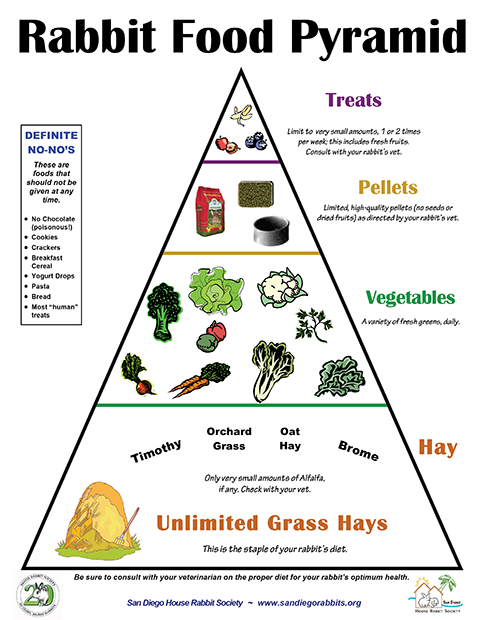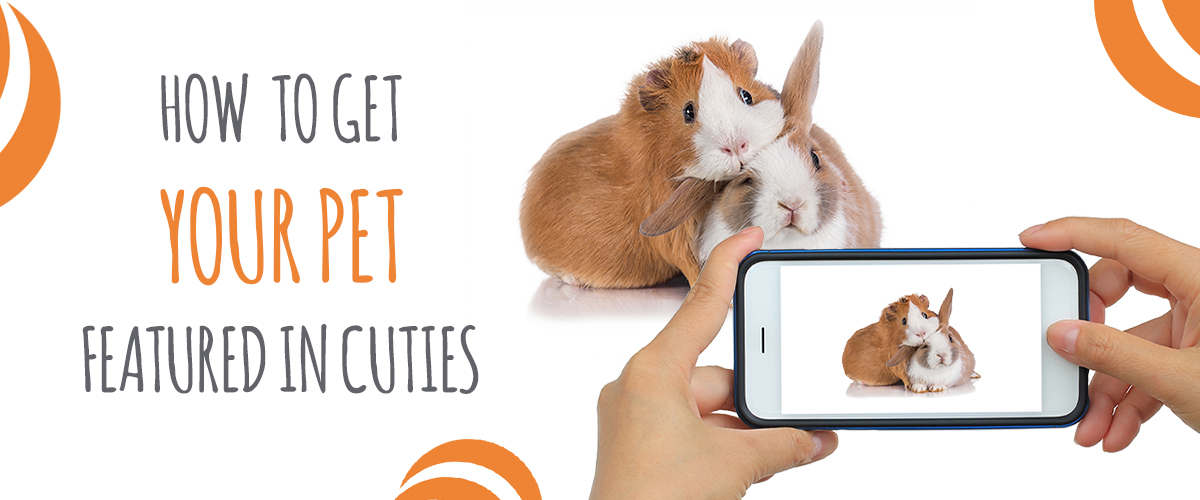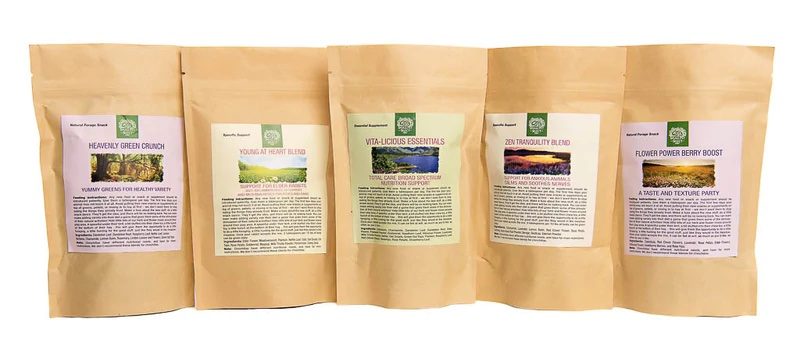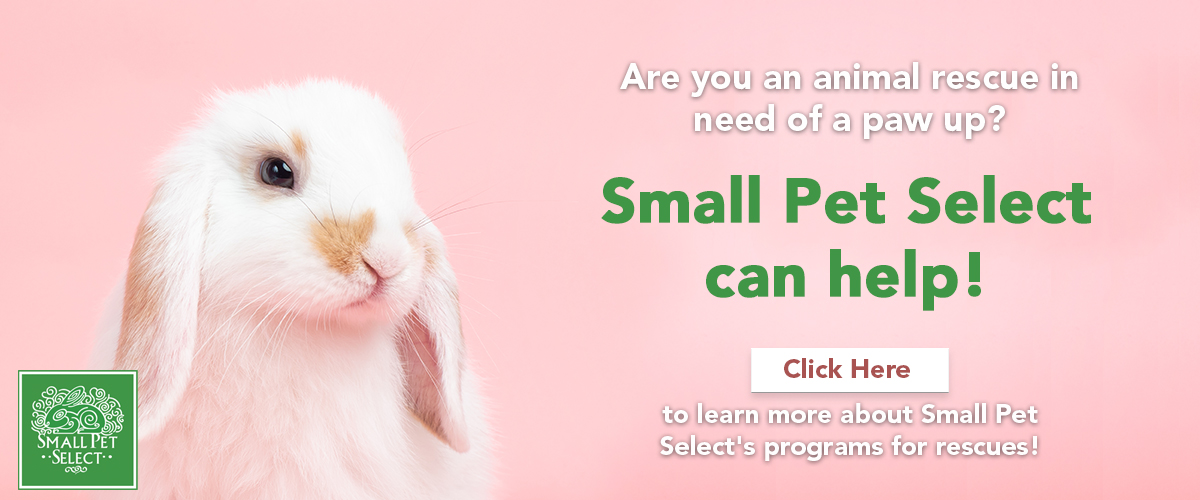There are many reasons why you might need to change your bun’s food or hay. For example, your rabbit could have reached adulthood, or you might have allergies to the hay variety he is eating. No matter the reason, according to both Best Friends Animal Society and the People’s Dispensary for Sick Animals (PDSA), it's essential to make the change slowly. We'll explain why slower is better and tips for making the transition easier for you and your rabbit.
Don't Rush Diet Changes
This is the Rabbit Food Pyramid from the San Diego House Rabbit Society.
When you make changes to your rabbit's diet it's important to remember how sensitive their gastrointestinal (GI) systems are. Transitioning too quickly may lead to GI Stasis or another health issue. As a result, the PDSA recommends implementing the changes over two to four weeks.
Little fun fact, did you know that rabbits can’t vomit?
This is also why it’s so important to go slowly, because if any digestive problems occur, they don’t have a way to get it out of their system.
Rabbits have a single stomach (cows have 4!), small intestines, and large intestines that have a cecum and a specialized colon that can separate out food particles allowing the rabbit to retain the good fibers.
Rabbits also have a rather fast GI transit time, meaning from the time food is ingested it can be processed through the entire GI tract in about 19 hours.
Now that you know the basics, let’s get into some details on how to accomplish this transition for each food type:
Transitioning Food or Hay 101
The PDSA also had some wonderful suggestions for each type of food: pelleted, fresh food (vegetables), and hay.
Pelleted Food
🐰 Feed a small amount of the new food on the first day, mixed into their current food.
🐰 Gradually increase the new food and reduce the old food day-by-day until your rabbit has adjusted to their new diet.
Fresh Food
🐰 Start off with just a tiny amount to see if your rabbit enjoys the taste and watch for any signs of a stomach upset.
🐰 If everything goes well, slowly increase the amount every few days until it’s a regular part of their diet.
Hay
🐰 If you are introducing hay for the first time, it might take them some time to start eating it but keep persevering. It's well worth it for your rabbit’s long-term health.
It’s high in fiber and low in protein which is the perfect diet for their digestive health. The protein and fiber levels in hay help to keep their gastrointestinal tract functioning properly.
🐰 Offer it to them fresh every day and try different types of hay to tempt them.
🐰 You can also sprinkle some of our Herbal Blends in the new hay to "spice up their life," as the Spice Girls say. We recommend letting your bun try the Herbal Blend first by itself before adding it to their hay.
Lastly, let’s go over symptoms to look out for when transitioning your rabbit. The main thing to look out for is GI discomfort or stress. Signs of this can include lethargy, teeth grinding, abnormal bowel movements, diarrhea, or bloating.
Just keep an eye out for any of these, as they will be a key indicator that you need to slow down and take it at a different pace. Every bunny is different, and some are more sensitive than others. They all need to take it at a different speed - so taking it slower is always better.
Do you have any other suggestions to help your rabbit through food or hay changes? We’d love to hear about them from you. Please comment on our socials or email us.
DISCLAIMER: The links and information are being provided as a convenience and for informational purposes only; they do not constitute an endorsement or an approval by Small Pet Select of any of the products, services or opinions of the corporation or organization or individual.
Want to learn more about rabbits? Check these out!
How to Get Your Rabbit to Drink More Water
Small Animal Recycled Paper Pellet Bedding: All You Need to Know









